The Strongest Hurricanes Ever Recorded
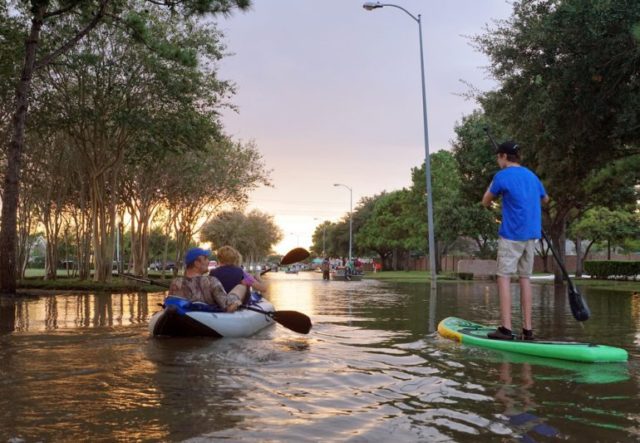

Hurricanes instill fear in the public due to their ability to level entire towns, throwing communities into turmoil. While Meteorological department does their best to predict these storms, governments put their effort to save people and prevent death, damage and other tragedies. But many times despite their hard efforts, storms are unpredictable to manage effectively.Here’s a look at the most damages caused by some deadliest hurricanes
Hurricanes Florence 2018
The most expensive climate-linked weather events of 2018 were Hurricanes Florence and Michael, which caused at least $32 billion worth of damage as they slammed into the United States, the Caribbean and parts of central America, the report said.
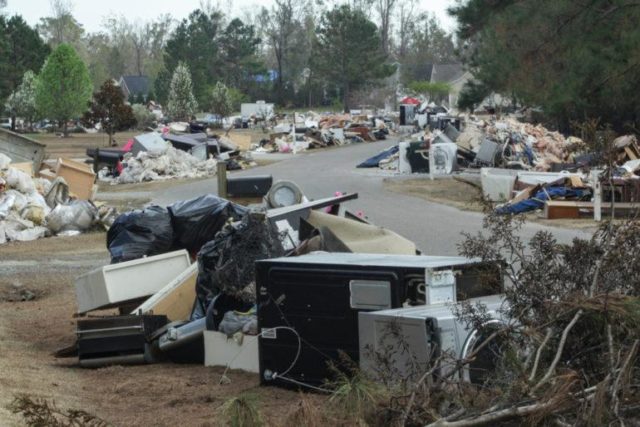 shutterstock
shutterstockThe United States also suffered at least $9 billion of losses from wildfires that caused dozens of deaths and destroyed thousands of homes in California.
Hurricane Mitch (1998)
It was the second week of October 1998, a tropical wave moved through West Africa and off the coast on October 10. Later on, this wave moved through the Eastern Caribbean Sea where it finally became better organized.
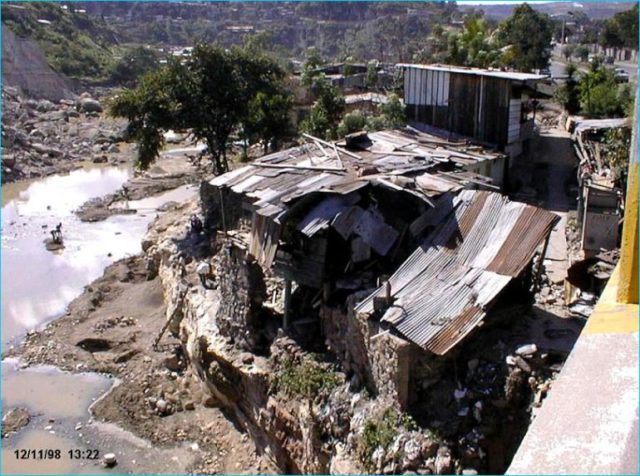 US Geological Survey
US Geological SurveyThunderstorm activity began to increase on October 22 and moved in the small loop later that day and while doing so became Tropical Storm Mitch. The Hurricane storm moved over the Swan Islands and Honduras.It was the cause of heavy rainfall that caused flash floods and landslides, causing over 19,325 deaths.
Galveston Hurricane (1900)
In the 19th century, Galveston, Texas was booming with a population of 40, 000 residents, and has become the largest city in the state of Texas. Although Galveston had weathered numerous tropical storm earlier,but on September 8,1900,it faced the deadliest 15-foot tall storm that flooded the entire city, devastating the island with 30-140 mph winds.
 wikimedia Commons
wikimedia CommonsThe Galveston Hurricane made a heavy landfall. It was the worst natural disaster to ever hit the US. The storm took away the life of approximately 12,000 people and destroyed around Thirty-Six hundred buildings.
Hurricane Maria – 2017
With sustained winds that reaches up to 175 mph, Hurricane Maria caused $90 billion in damage. This is the third most expensive tropical cyclone in US history. The hurricane also claimed 3,057 lives. As of 2018, Puerto Rico is still recovering from the damage brought by Hurricane Maria.
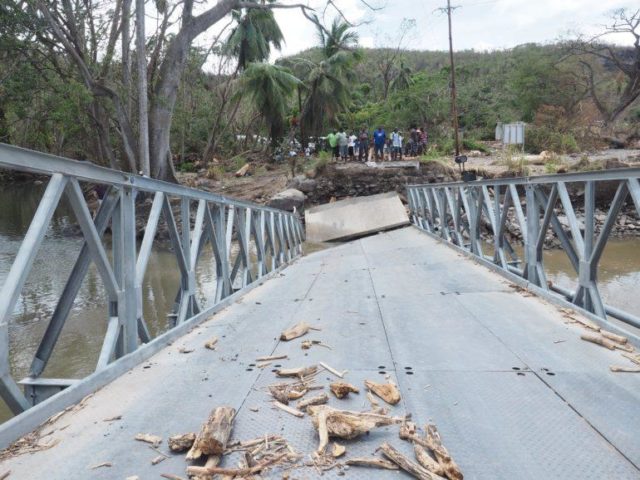 shutterstock
shutterstockThe Hurricane maria to everything destroyed during its passage on the island of the Dominica in the Caribbean here a gate broken
Hurricane Harvey (2017)
The Hurricane Harvey , category 4 , caused massive flooding that reached the metropolitan Houston and over 30,000 residents were homeless.
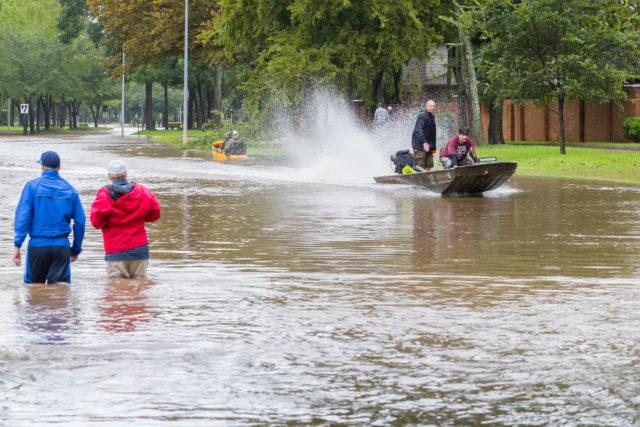 shutterstock
shutterstockHurricane Harvey caused more than $125 billion in damage which ties it with Katrina from 2005, as the most costliest tropical cyclones in US history.
Hurricane Flora (1963)
Hurricane Flora is said to be the deadliest Atlantic hurricanes in recorded history! The hurricane began as a tropical depression in the Intertropical Convergence Zone on September 26, 1963. In the beginning, it was poorly organized as it moved west-northwest across the Atlantic.
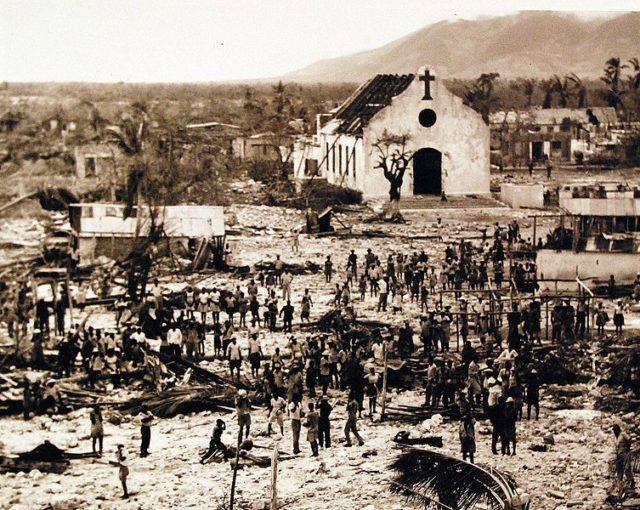 National Museum of the U.S. Navy
National Museum of the U.S. NavyConvection finally improved, and the system developed into Tropical storm Flora on 29 September. It ravaged Tobago, Caribbean, Haiti, and Cuba throughout September and October as it touched down on land, and caused over 7,000 deaths and a major damage to crops and infrastructure.
Pointe-a-Pitre Bay Hurricane (1776)
As per the historians, this hurricane first hit Martinique on September 5 and hit Pointe-à-Pitre Bay in Guadeloupe on September 6, 1776. Later on, it hit Louisiana on September 12.
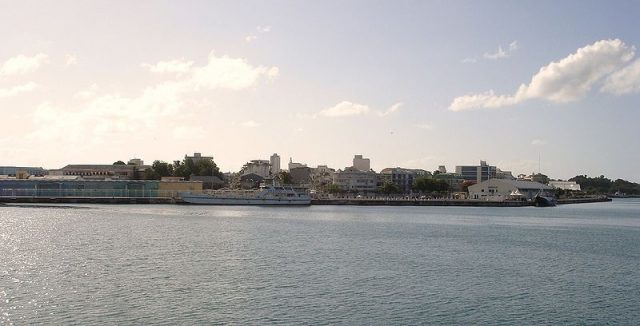 common wikimedia
common wikimediaThe winds as per analysis were around 74 miles per hour. The storm killed at least 6000 people. It also destroyed a large convoy of French and Dutch merchant ships, sinking and running around 60 %of the vessels. The ships were transporting a heavy amount of goods to Europe.
Lake Okeechobee Hurricane (1928)
This classic hurricane was detected first over the tropical Atlantic on September 10, 1928, some east of the Caribbean island of Guadeloupe.
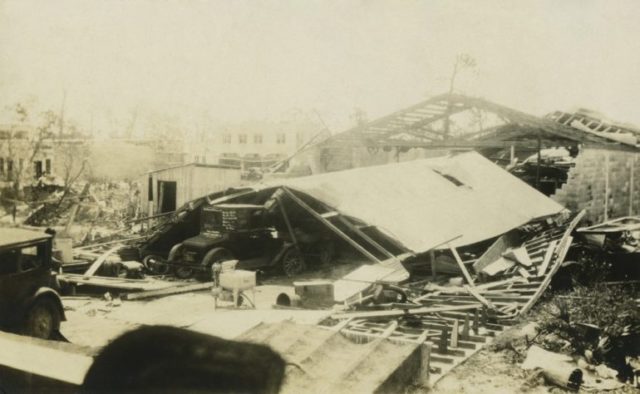 shutterstock
shutterstockIt is said to be formed between Cape Verde and the coast of Senegal. Before touching Florida, the hurricane devastated Puerto Rico, the Virgin Islands, and the Bahamas. Late on 16 September, it made landfall near West Palm Beach, Florida with winds of 241 km/h. It caused a devastating amount of flooding and extensive destruction, leading to widespread death and damage. At least 4,075 lives were lost.
Hurricane Andrew (1992)
Even the Hurricane Andrew was small in size, the strong wind speeds of the hurricanes damaged more than 127,000 homes in Florida. All in all, Hurricane Andrew caused $48 billion in damage, making it the most expensive natural disaster in US history at the time.
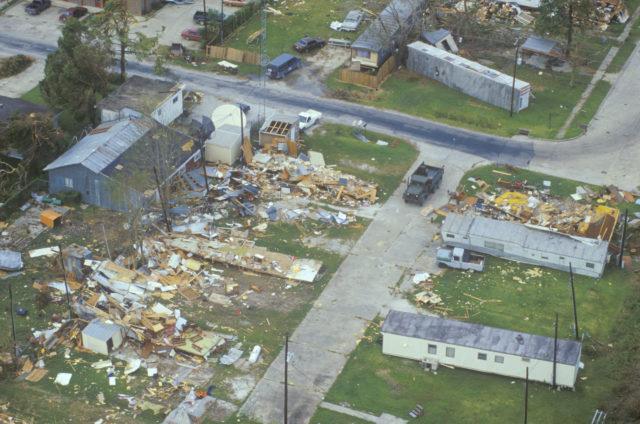 shutterstock
shutterstockAndrew destroyed as many as 25,000 homes, including 99% of mobile homes in Homestead, leaving 160,000 homeless.
Newfoundland Hurricane (1775)
The Newfoundland hurricane also is known as Independence hurricane was one of the deadliest Atlantic hurricanes.
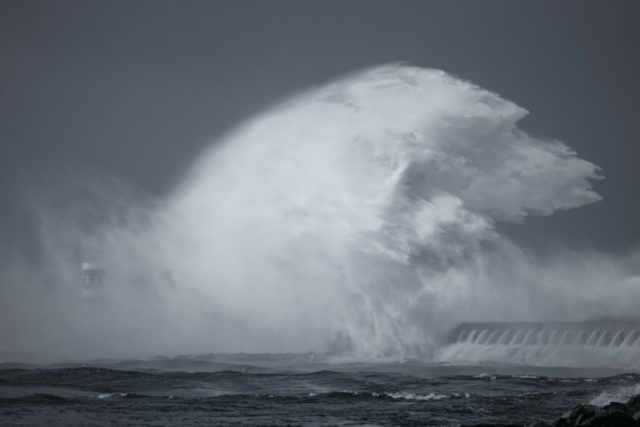 shutterstock
shutterstockThe stroke from the violence of the storm severely destroyed the Newfoundland’s fisheries. It raised the sea level to unprecedented heights due to which several boats and crews were completely lost. It believed that at least 4000 sailors lost their lives in the hurricane.
Hurricane Katrina (2005)
Hurricane Katrina that came in August 2005 was a large and extremely powerful hurricane. It was one of the top five deadliest and most expensive hurricanes in the history of the United States that caused enormous destruction and loss of life.
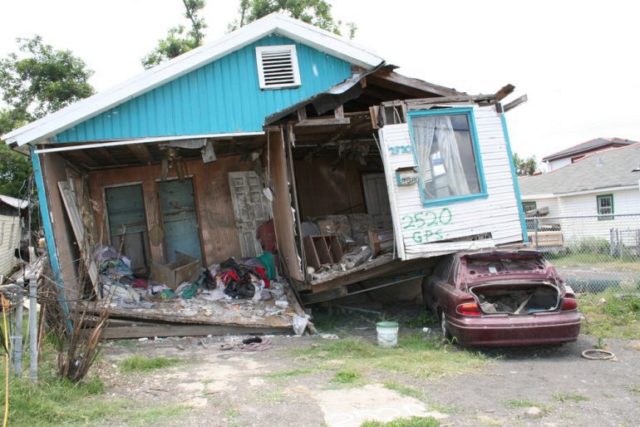 shutterstock
shutterstockThe hurricane began its journey as a Category 1 hurricane on August 25, 2005,and struck the Bahamas and Florida. It later strengthened to a Category 5 in the Gulf of Mexico. Hurricane Katrina was responsible for at least 1,833 fatalities and approximately loss of $ 108 billion in damage.
Hurricane Pauline (1997)
Hurricane Pauline is widely reported as Mexico’s worst natural disaster in a decade! Meteorologists although issued warnings, but were unable to predict the level of damage it would cause.
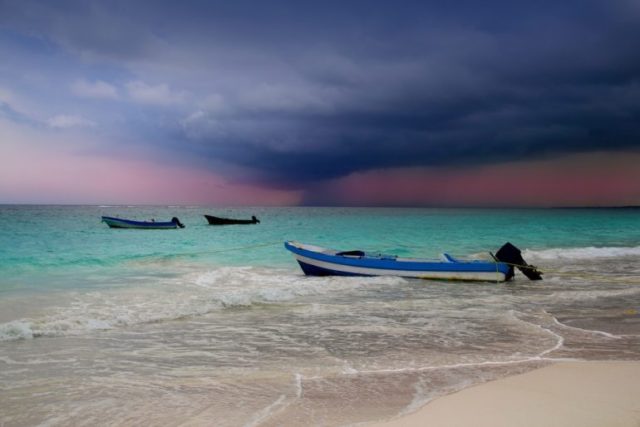 shutterstock
shutterstockIt dumped torrential rainfalls, particularly on the city of Acapulco. Pauline was developed out of tropical wave from Africa on September 16, 1997, and slowly moved across South America and into the Pacific Ocean. Hurricane Pauline produced torrential rainfall along the Mexican coastline. Intense flooding and disastrous landslides in some Mexican villages killed around 200 to 400 people and left 50,000 people homeless.
Great Miami Hurricane (1926)
In 1920 Miami was the fastest growing city in the United States. But the boom that put Miami on the map quickly turns to bust when the hurricane hit the city in September 1926.
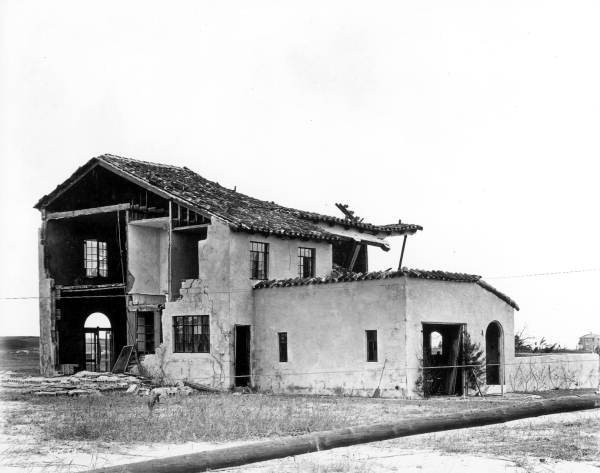 State Library and Archives of Florida
State Library and Archives of FloridaThe Great Miami Hurricane touched down on Miami on September 18 around 7am, before it damaged the Florida city. Devastation throughout Miami could be clearly seen, boats were bought onto the city streets, many buildings were completely destroyed and others lost their roofs. A total number of 873 people were reported to have died in the hurricane.
Hurricane Gilbert (1988)
On September 12, 1998,Hurricane Gilbert made a direct landfall on Jamaica with sustained winds of 201 km/h. It was the first time in 37 years, the island had received a direct hit from a hurricane.
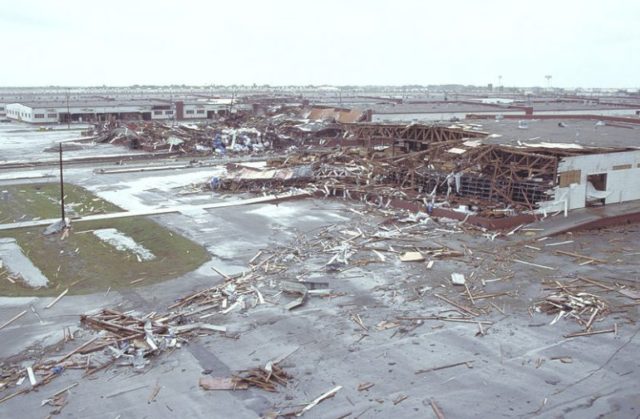 TSGT Michael J. Haggerty, U.S. Air Force
TSGT Michael J. Haggerty, U.S. Air ForceThe hurricane caused most damage all over in Jamaica. Much destruction and loss of life were reported from all regions of the country. Every single home in Jamaica lost power and over 200 people were lost on the island alone. In all areas affected, 318 lives have said to be lost.
Hurricane Ike (2008)
Hurricane Ike was similar to Cape Verde-type hurricane, which begins as a tropical disturbance near Africa at the end of August. It made its first landfall on the Turks and Caicos Islands on 7 September as a category 4 storm, with 217 km/h winds. Ike later devastated the Texas coastline on September 13, 2008, and also caused damages in Louisiana, and Arkansas.
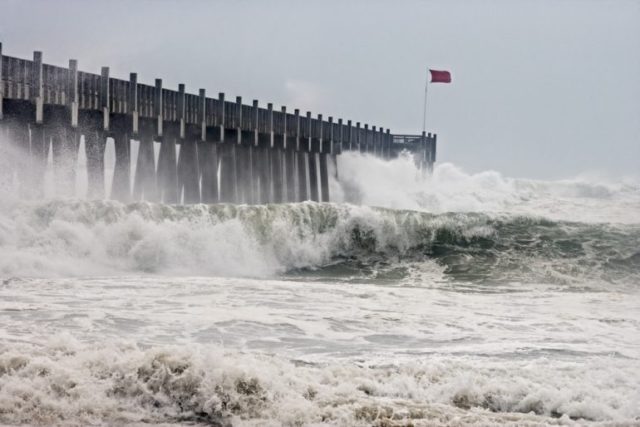 shutterstock
shutterstockThe National Flood Insurance Program estimated that losses from inland flooding and storm in these three states were approximately $2.5 billion. It left almost 11000 American workers unemployed. Now you must have gained knowledge about hurricanes but how much do you have known? Take our quiz to find out.
The Great Hurricane (1780)
The Great Hurricane that took place before the invention of modern storm-tracking technology is believed to initially form near the Cape Verde Islands on October 9, 1780. This hurricane strengthens and grew its size as it slowly moved toward westward, first affecting Barbados, Caribbean island.
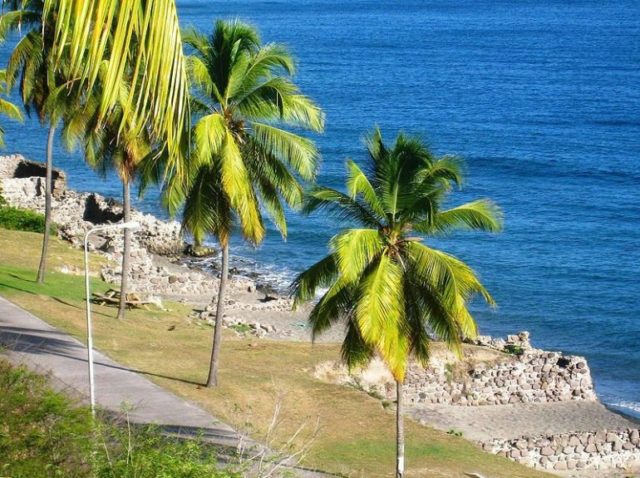 Warehouses along the beach of Lower Town in Sint Eustatius were destroyed by the hurricane (wikimedia Commons/ Walter Hellebrand)
Warehouses along the beach of Lower Town in Sint Eustatius were destroyed by the hurricane (wikimedia Commons/ Walter Hellebrand)It is said to be the worst hurricane, with winds possibly exceeding 321.9 km/h, which caused widespread death and property damage. Thousands of people died on each Caribbean island, and over 4500 people were dead on Barbados. Over 20,000 fatalities were said to be estimated.